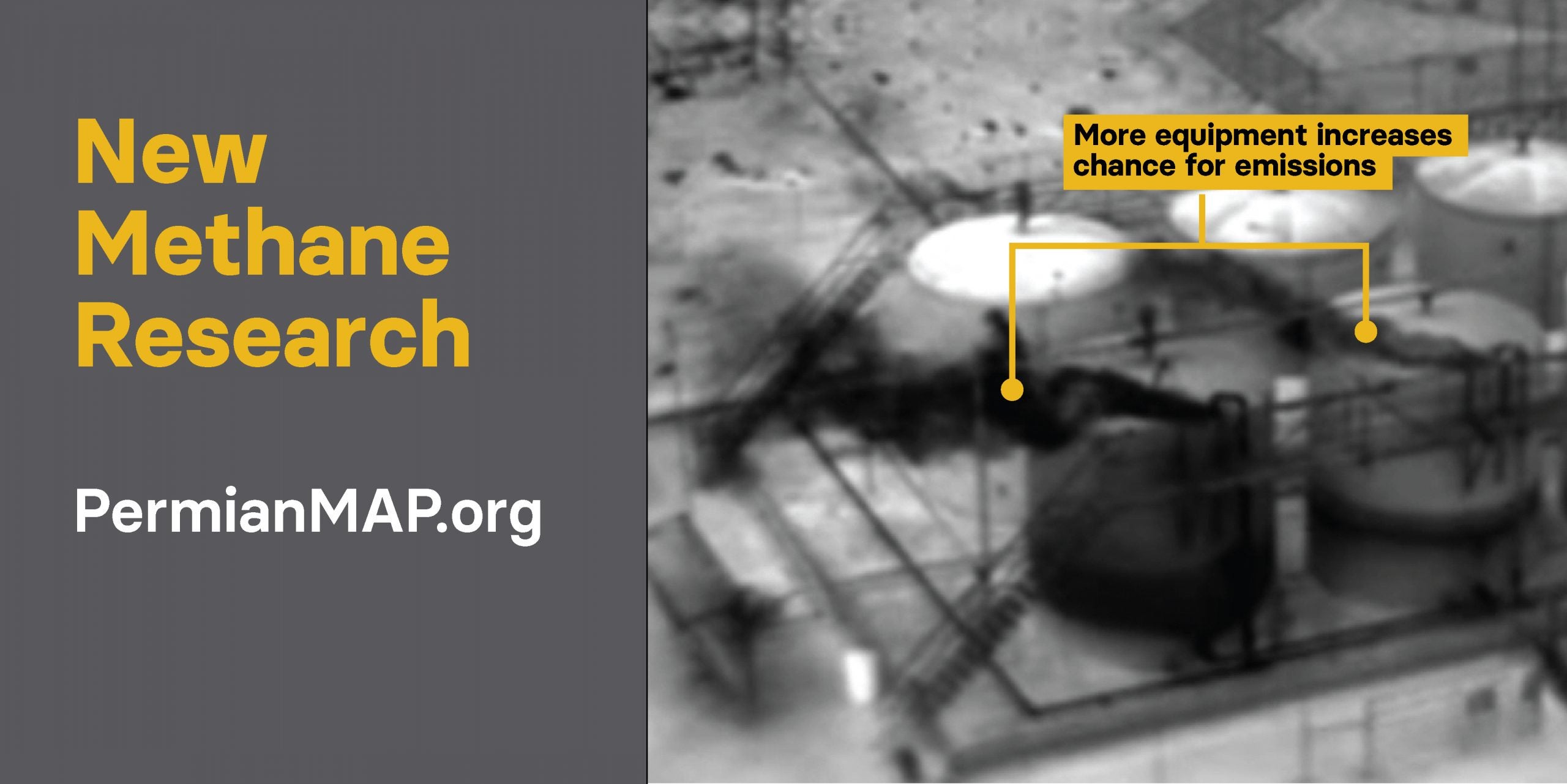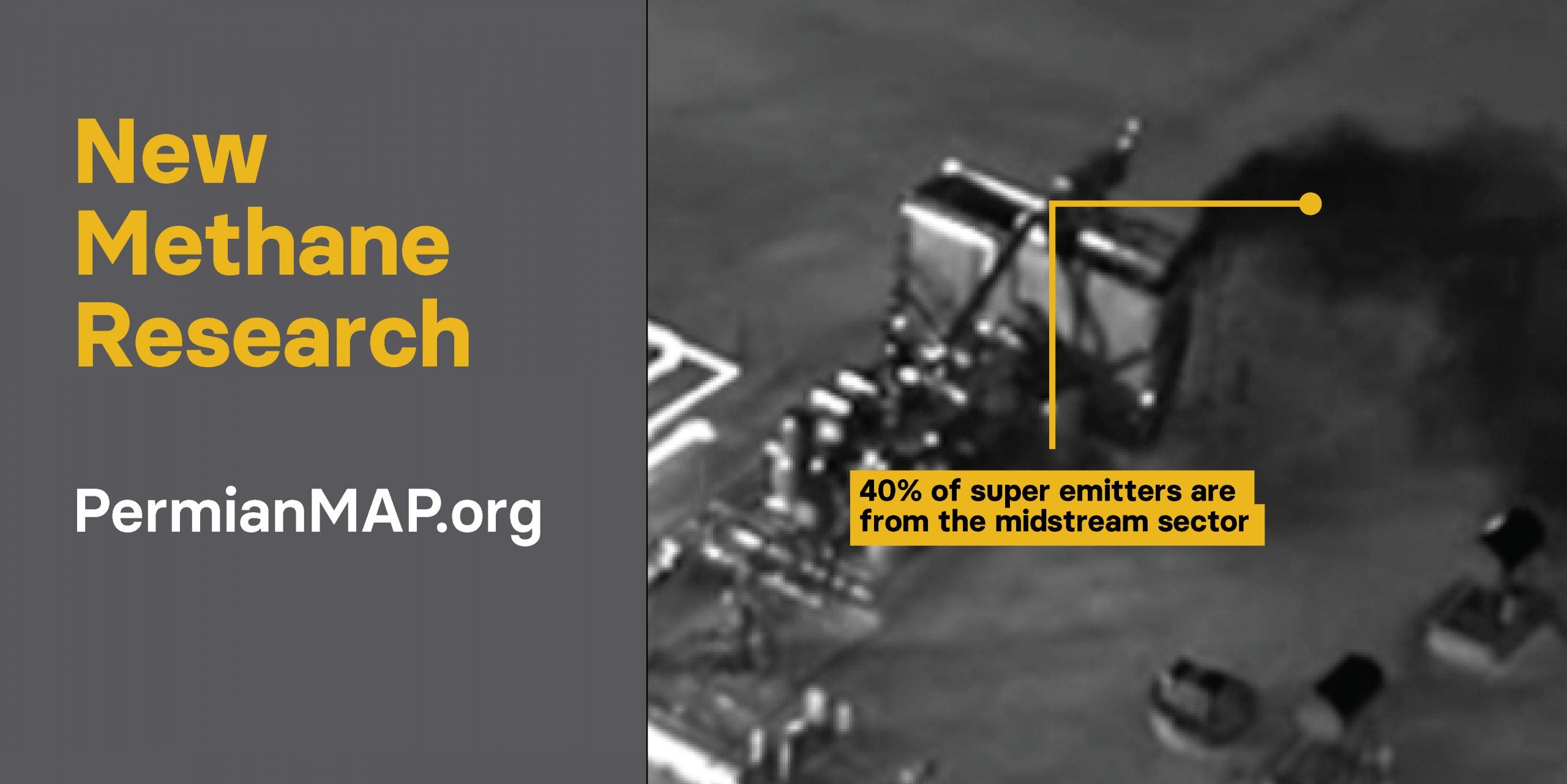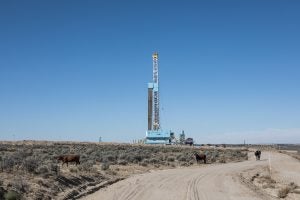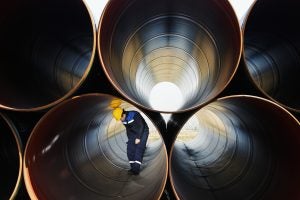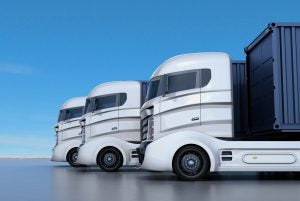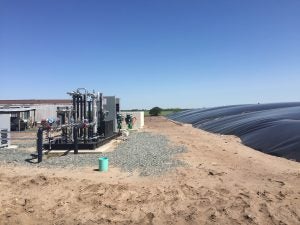By Dan Grossman and Ben Hmiel
Newly released research is shedding more light on the largest sources of methane emissions in the nation’s largest oilfield.
Methane is an extremely potent greenhouse gas and has a huge impact on the current rate of global warming. The oil and gas industry is one of the biggest emitters.
Using a helicopter equipped with an infrared camera, we surveyed over a thousand sites across the Permian Basin to get specific information about the types of facilities, equipment and events that make the Permian Basin the highest-polluting oilfield in the country. Three things immediately stood out.











